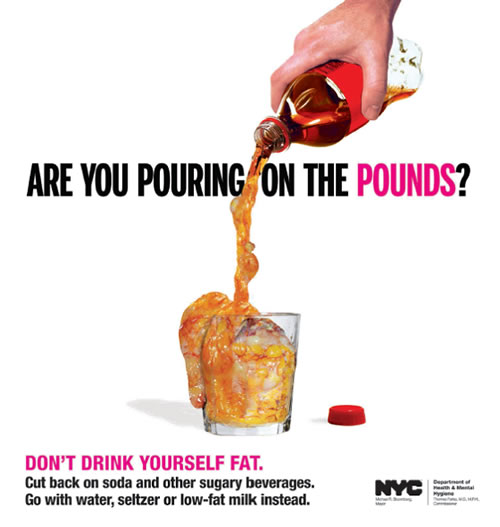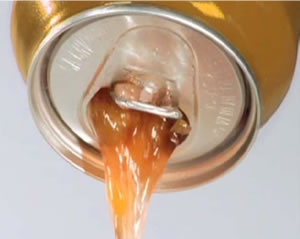The real way to combat climate change in dairy is by reducing dairy consumption (and therefore, production) and by producing dairy from cows raised on pasture, two things the industry is far from considering.
The Innovation Center for U.S. Dairy (ICUSD) was created in 2008 to foster industry-wide pre-competitive collaboration and innovation in strategies designed to increase sales of milk and milk products. One of the founding organizations of the ICUSD is Dairy Management Inc™, which manages the national dairy check-off program.
From an industry perspective, the "sustainability" focus is on CO2 emissions, largely in response to anticipated government regulation. Further, the approach is how to extract value and utilize opportunities to leverage demand. Much of the results from lifecycle analysis (LCA) conducted by land grant universities, show the largest reduction potential in the production phase of the dairy value-chain. Consequently, their strategy for sustainability is targeting nutrition management of cows (changing ratio of corn and protein feed) and the utilization of methane digesters to mitigate methane from manure lagoons.
Research presented on the Measurement of GHG Emissions from Dairy Farms at the Climate Change Research Conference by Dr. Frank Mitloehner, Air Quality CE Specialist Animal Science at UC Davis, had some interesting findings:
- The main dairy GHG source is cows, rather than waste.
- The CO2 emissions from cow respiration cannot be mitigated without reducing herd size.
- The leading methane contributor is enteric fermentation from cows eating corn instead of their natural fodder, grass.
- The leading nitrous oxide contributor is land application of manure and fertilizer for growing feed (corn).
- Nitrous oxide has almost 15 times more the global warming potential as methane.
The most cited piece of literature by industry dairy sustainability initiatives is from Dr. Jude Capper currently at Washington State University. “The Environmental Impact of Dairy Production: 1944 compared with 2007” published in The Journal of Animal Science found that the carbon footprint per billion kg of milk produced in 2007 was 37% of the equivalent milk production in 1944. It concludes:
"Contrary to the negative image often associated with “factory farms”, fulfilling the U.S. population’s requirement for dairy products while improving environmental stewardship can only be achieved by using modern agricultural techniques. The immediate challenge for the dairy industry is to actively communicate…the considerable potential for environmental mitigation yet to be gained through use of modern dairy production systems."
Jill Richardson at La Vida Locavore recently criticized Capper's research in her post "Junk Science Study Says Factory Farming is Better" for including Roger Cady, former Sustainability Lead Monsanto and now works for Elanco (the former and current owners of rBGH), on the team of researchers. Cady was criticized by Tom Phillpot at Grist for conflict of interest in research extolling the environmental benefits of rBGH.
Capper’s twitter name is “Lactolobbyist” and she describes herself as a “dairy scientist passionately spreading the word about reducing environmental impact through improved productive efficiency and use of biotechnology.”
The other most cited resource in the milk industry's sustainability literature is the USDA's 2005 Dietary Guidelines for Americans, which recommends consumption of 3 cups per day of fat-free or low-fat milk or equivalent milk products. According to Open Secrets, the dairy industry spent $3.3 million on federal lobbying in 2006, with Dean Foods, the National Milk Producers Federation and the Dairy Foods Association topping the list of spenders. The Dietary Guideline Advisory committee in 2005 was heavily criticized for its ties to dairy.
Ironically, the ICUSD primer reveals two important pillars of sustainable agriculture: the importance of place and scale:
“Today, in many states where climate is conducive, roughly 50% of producers use pastures to meet some fraction of their herds’ dietary needs. Of these producers roughly half practice continuous grazing which, compared to intensive grazing, is a less efficient method of providing forage and of sequestering carbon.”They note: “generally this includes dairies in the Midwest, Southeast, and New England regions. although the amount of a herd’s dietary needs that can be met by pasturage varies by climate, management practices, and site-specific constraints.”
But, this discussion of pasturing and Midwestern production overlooks the dairy industry's real home base -- industrial production in California and other places with water shortages. According to the University of Minnesota Extension, California ranks #1 in the U.S. in total dairy cows (1.7 million cows on 2,030 dairies) and #1 in total milk production (21% of U.S. milk supply). The average herd size is 850 milking cows, with 46 percent of all dairies over 500 head.
These cows are not raised on pasture. They are raised on dairy freestall and drylot housing (concrete) in Tulare County in the San Joaquin Valley with 1,685,257 of their closest friends. Tulare County and five counties in the central valley account for 49% of the total milk production in California. Tulare County alone accounts for 25% of California’s total milk production and has an average herd size of 1,300 head.
And they drink a lot of water (in the desert) - 20-50 gallons a day and create a lot of waste - approximately 120 pounds, or 14.475 gallons of manure a day per cow.
Even with mitigation with methane digesters, the industry is off the mark towards sustainability. A real commitment comes from decreasing consumption of dairy and producing milk in the way it was intended, through cows on pasture. Seems like nature's own supply and demand curve. Until we have the dairy industry's commitment to these tenets, I am not convinced that sustainability in dairy is possible.
From the ICUSD site:
"Ideally the dairy industry will chart our own course in sustainability." -Jed Davis, Cabot Creamery




